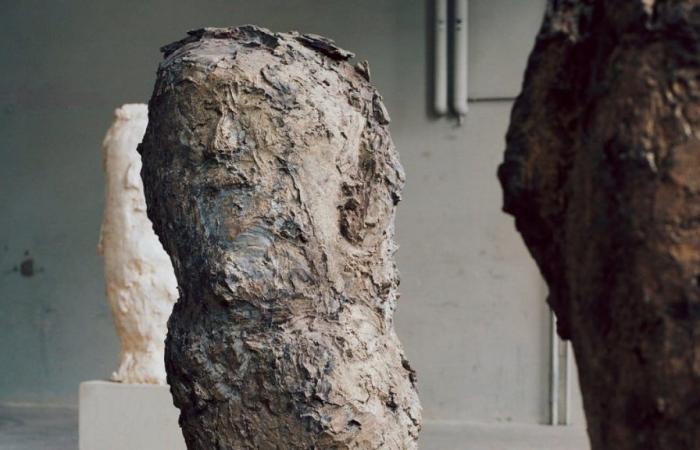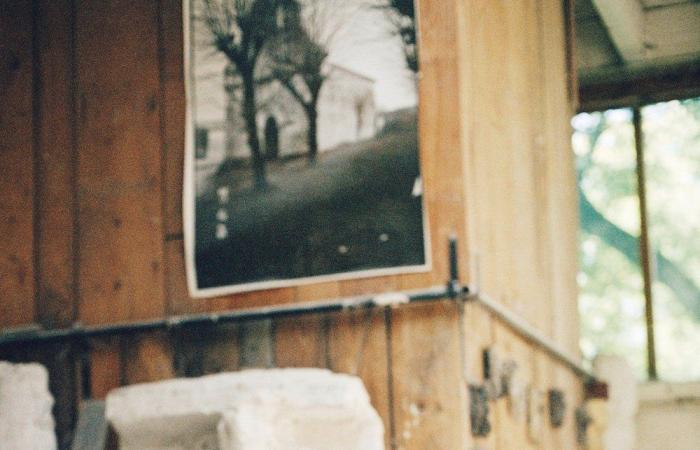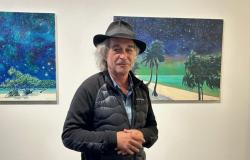Throughout his career, Hans Josephsohn developed a unique technique and imaginationmaking his sculptures completely unique pieces. The MAM invites us today to (re)discover this rich work, which has continued to evolve to pushing the dialogue with matter ever further. A spectacular exhibition, which highlights the work of an artist for too long little known outside of Switzerland.
A complex story at the service of Art
Born in 1920 in Kaliningrad – an enclave between Poland and Lithuania and an overmilitarized territory – Hans Josephsohn, from a Jewish familyvery quickly suffered the rise of Nazism and the promulgation of racial laws by the Italian fascist regime. Forced to leave Italy where he received a scholarship for his art studieshe reached Switzerland where, after passing through a refugee camp, he will remain until the end of his life.
If its beginnings (late 1940s and 1950s) are marked by a simplification of forms, the violence of World War II impacts his art in the long term. The trauma of war is felt through his works featuring marked bodies and facesfar from smooth and shiny materials by Aristide Maillol, which was nevertheless one of his great sources of inspiration.
Decade after decade, the sculptor develops a work not centered on formbut rather on the essence, on the intensity of a moment, on a presence. Result from this rough, almost archaic piecesmuch more complex than it seems. A fan of plaster, he spends his life looking for a point of balance thanks to the material, without worrying about plausibilityhis work being centered on the figure.
© Museum of Modern Art
A life marked by rupture
Throughout the rooms, the MAM offers us discover the full extent of Josephsohn’s talent chronologically. Three major periods are presented here, each marked by turning points, ruptures, new demandsboth in his personal life and in his artistic research, two very linked aspects in statuary.
So, the 50s and his first works are marked by a simplicity of formslike a search for the essential, in close proximity to ancient creations and inspired by Miriam Abeles, his wife and model. The 60s and 70s result in a turning point embodied by a massive representation of the bodyin particular that of Ruth Jacobhis new muse. Throughout his career, his work oscillates between figuration and abstraction but it was in the 1980s that he truly turned towards the latter, demonstrating of a virtuosity increasingly symbolized by vagueness. A renewal which coincides with the arrival in his life of his latest companion and model Verena Wunderlin.
© Museum of Modern Art
By choosing to accompany the selected pieces with very little narration and explanations, Albert Oehlen invites us to focus on the creative processmuch more than on the symbolism and meaning of Josephsohn’s works. A means for the painter to invite us to reflectbut also to highlight the singularity of the sculptor as well as his heritage. An exhibition marked by the brutality of formshuman and above all fair, to discover as soon as possible.
Josephsohn, by Albert Oehlen
Museum of Modern Art
11, avenue du Président-Wilson – 16th
Until February 16, 2025
More information and tickets







